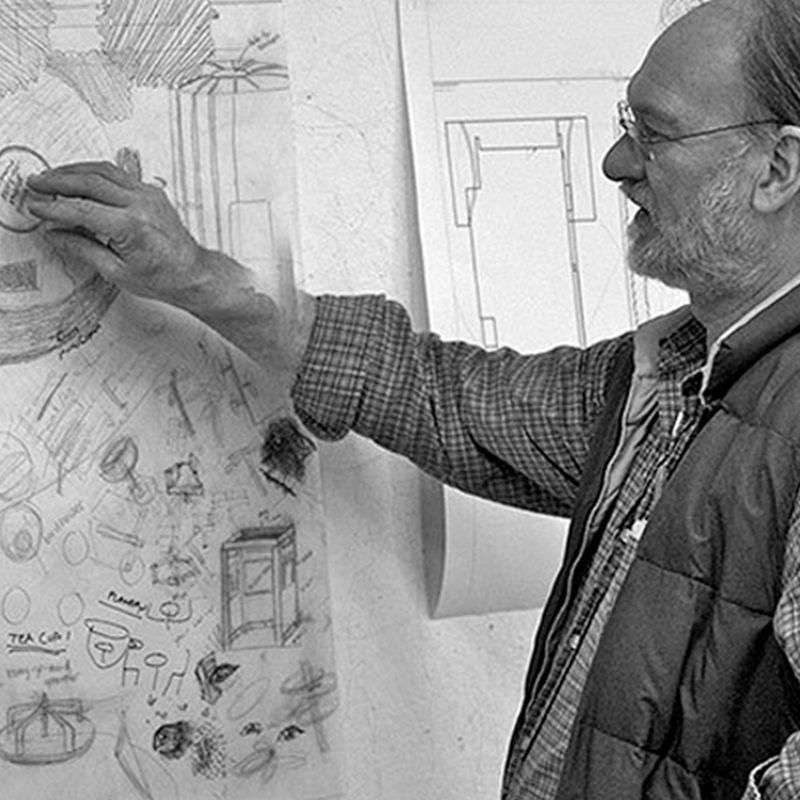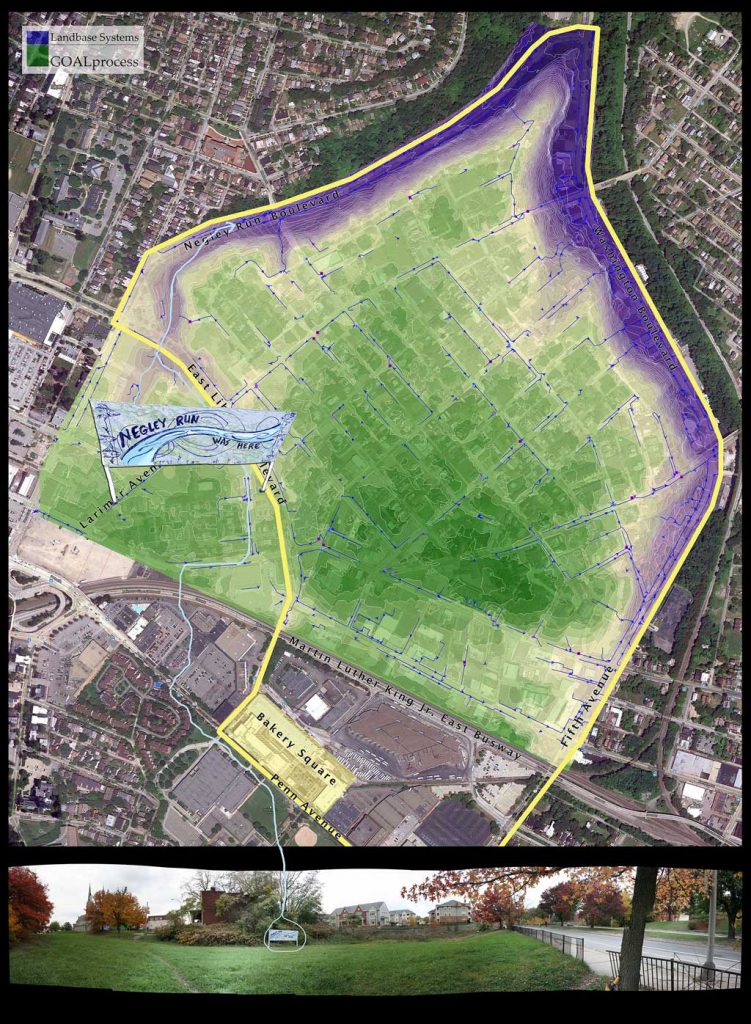
Bob Bingham
Professor Emeritus, Art
5000 Forbes Avenue
Pittsburgh, PA 15213
Bingham was raised in Minneapolis, MN. He earned a BA in art from Montana State University, Bozeman and an MFA from University of California, Davis. He was hired as a visiting artist professor in the School of Art at Carnegie Mellon University, 1989-1991; he became tenure track in 1993 until he retired in 2023.
Bingham’s art practice incorporates the creation of systems of growth to utilize people, live plants, natural materials, found objects and renewable resources to address ecological issues towards a sustainable future. Bingham has exhibited in the U.S., Italy, Japan including: Palazzo Mora, Venice; The ICA, Philadelphia; The Brooklyn Museum; The Andy Warhol Museum; The Mattress Factory, Pittsburgh; The Contemporary Arts Center, Cincinnati; Kanagawa Hall Gallery, Yokohama, Japan; Rico Gallery, Santa Monica; He exhibited many public installations including: Creative Time’s Brooklyn Bridge Anchorage; Piazza del’ St. Stepheno Rome, Italy; the first Pittsburgh Center for the Arts Biennial and the Three Rivers Arts Festival, Pittsburgh. His work has been acknowledged with awards and grants including the NEA, PA Council on the Arts, Pollock-Krasner Foundation, Art Matters, the Heinz Endowments, New Forms Regional Arts Grant, and Three Rivers Environmental Award.
Bingham’s art practice evolved from ‘green’ mixed media installations, into the public realm to address the interconnectedness between the natural and built environment. He co-directed an interdisciplinary team effort, The Nine Mile Run Greenway Project that culminated in two exhibits at galleries in Pittsburgh. This led to the formation of the NMRWA and the largest urban, ecological, stream restoration in the United States. Another major interdisciplinary ‘team project’, Living Waters of Larimer demonstrated a variety of strategies for a successful community-integrated ‘Urban, Green Infrastructure’ to mitigate storm water issues.
